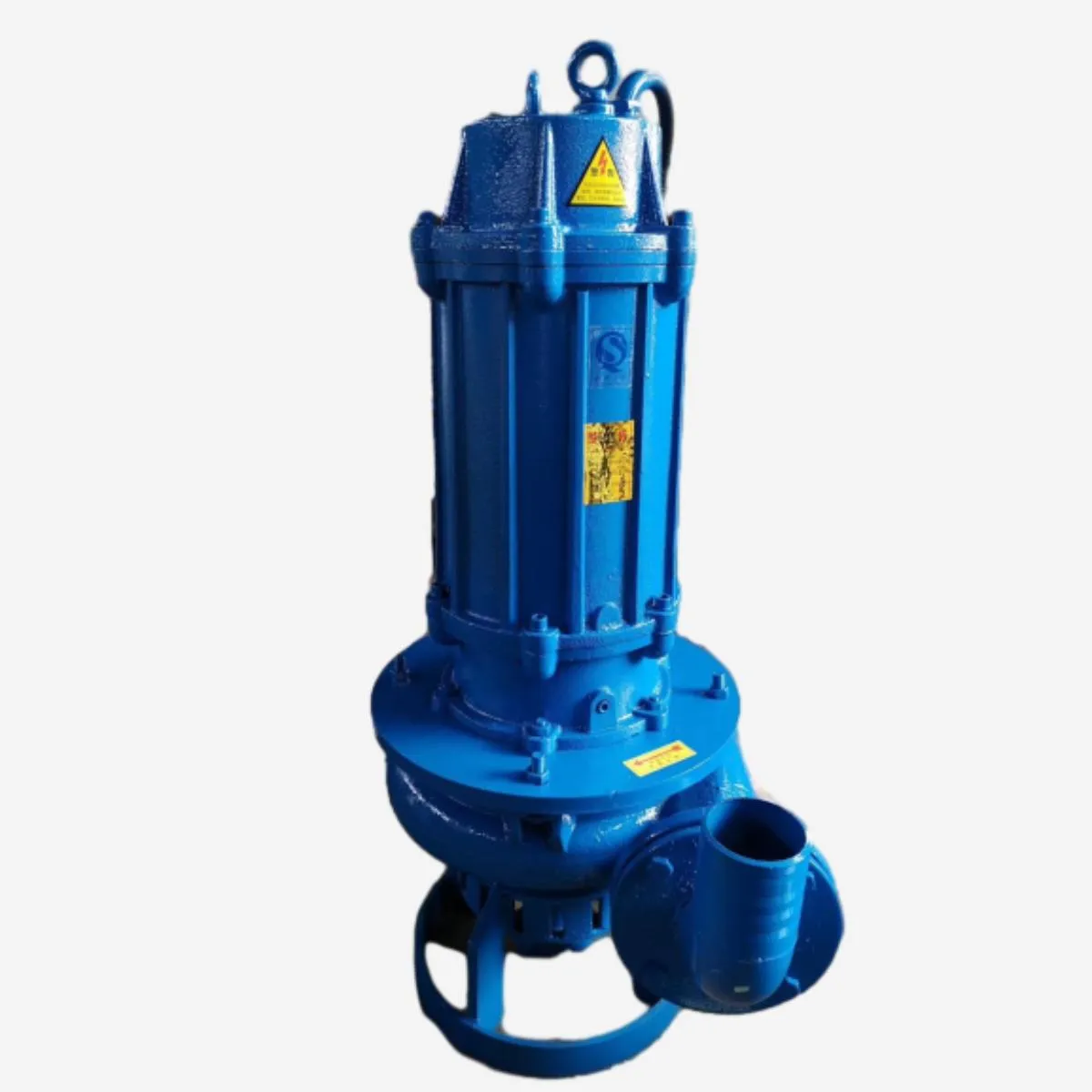Sindhi
- Afrikaans
- Albanian
- Amharic
- Arabic
- Armenian
- Azerbaijani
- Basque
- Belarusian
- Bengali
- Bosnian
- Bulgarian
- Catalan
- Cebuano
- Corsican
- Croatian
- Czech
- Danish
- Dutch
- English
- Esperanto
- Estonian
- Finnish
- French
- Frisian
- Galician
- Georgian
- German
- Greek
- Gujarati
- Haitian Creole
- hausa
- hawaiian
- Hebrew
- Hindi
- Miao
- Hungarian
- Icelandic
- igbo
- Indonesian
- irish
- Italian
- Japanese
- Javanese
- Kannada
- kazakh
- Khmer
- Rwandese
- Korean
- Kurdish
- Kyrgyz
- Lao
- Latin
- Latvian
- Lithuanian
- Luxembourgish
- Macedonian
- Malgashi
- Malay
- Malayalam
- Maltese
- Maori
- Marathi
- Mongolian
- Myanmar
- Nepali
- Norwegian
- Norwegian
- Occitan
- Pashto
- Persian
- Polish
- Portuguese
- Punjabi
- Romanian
- Russian
- Samoan
- Scottish Gaelic
- Serbian
- Sesotho
- Shona
- Sindhi
- Sinhala
- Slovak
- Slovenian
- Somali
- Spanish
- Sundanese
- Swahili
- Swedish
- Tagalog
- Tajik
- Tamil
- Tatar
- Telugu
- Thai
- Turkish
- Turkmen
- Ukrainian
- Urdu
- Uighur
- Uzbek
- Vietnamese
- Welsh
- Bantu
- Yiddish
- Yoruba
- Zulu
Telephone: +86 13120555503
Email: frank@cypump.com
Nov . 09, 2024 09:32 Back to list
Submersible Agitator Pumps for Handling Slurry Applications Efficiently and Effectively
Submersible Slurry Pumps with Agitator An Essential Tool for Efficient Slurry Handling
In industries where the movement of slurry is a critical operation—such as mining, construction, and wastewater treatment—submersible slurry pumps with agitators have emerged as essential tools for ensuring efficient and reliable liquid handling. These pumps are specifically designed to manage thick, muddy, and abrasive materials that standard pumps cannot handle effectively. This article explores the workings, benefits, and applications of submersible slurry pumps with agitators.
Understanding Submersible Slurry Pumps with Agitators
Submersible slurry pumps are designed to operate submerged in the liquid they are pumping. Unlike traditional pumps that remain above ground, these pumps are lowered into the slurry, making them ideal for situations where space is limited or where large volumes of slurry need to be pumped. The agitator, a key feature of this type of pump, helps to keep the slurry in suspension, preventing sedimentation and ensuring a consistent flow. The combination of submersible operation and agitation allows these pumps to handle a wide range of materials, including sludge, slurry, and slurries with a high percentage of solids.
How They Work
The primary components of a submersible slurry pump with an agitator include the pump body, the impeller, the motor, and the agitator itself. The agitator consists of blades that stir the slurry, helping to break up any clumps of solid materials before they enter the pump. This action minimizes the risk of clogging and enhances the pump's efficiency.
Once the slurry is adequately agitated, the impeller draws the mixture into the pump. The impeller's design is crucial for handling abrasive materials, as it is typically made from robust materials that can withstand wear and tear caused by the solids. After the slurry is drawn in, it is expelled through a discharge pipe, allowing it to be transported to a designated location.
Advantages of Submersible Slurry Pumps with Agitators
1. Efficiency The agitator ensures that solids remain suspended, which minimizes the risk of sedimentation and clogging. This leads to more efficient and continuous operation, which is crucial in applications that require rapid movement of materials.
submersible slurry pumps with agitator

2. Versatility These pumps can handle a variety of slurries, including those with high solid content. This makes them suitable for various industries, from mining to construction and wastewater treatment.
3. Space-Saving Design Since submersible pumps operate underwater, they take up less space compared to traditional above-ground pump systems, making them ideal for confined spaces.
4. Reduced Noise and Vibration Operating beneath the surface, these pumps tend to produce less noise and vibrational impact on the surrounding environment, which is a significant benefit in urban or residential areas.
5. Energy Efficiency Modern submersible slurry pumps are designed to optimize energy consumption, which can lead to significant cost savings for enterprises over time.
Applications
Submersible slurry pumps with agitators are utilized in a diverse range of applications, including
- Mining and Mineral Processing Efficiently moving thick slurries of minerals and ore concentrates. - Construction Sites Managing sediment-laden water and slurry from excavation and foundation activities. - Wastewater Treatment Transporting sludge and waste materials from treatment plants to disposal or processing facilities. - Dredging Operations Removing sediment from lakes, rivers, and canals.
Conclusion
Submersible slurry pumps with agitators represent a vital component in many industrial processes. Their ability to handle challenging materials efficiently and effectively makes them indispensable in sectors requiring reliable slurry management. As industries continue to evolve and face more complex challenges, these pumps will undoubtedly play a crucial role in improving operational efficiency and ensuring environmental safety. Understanding their functionality and benefits can help businesses choose the right equipment for their needs, ultimately leading to enhanced productivity and cost-effectiveness.
-
Heavy-Duty Mining Sludge Pumps - Wear-Resistant Slurry Handling
NewsAug.02,2025
-
Horizontal Split Case Pump with GPT-4 Turbo | High Efficiency
NewsAug.01,2025
-
ISG Series Pipeline Pump - Chi Yuan Pumps | High Efficiency, Durable Design
NewsAug.01,2025
-
Advanced Flue Gas Desulfurization Pump with GPT-4 Turbo | Durable & Efficient
NewsJul.31,2025
-
ISG Series Vertical Pipeline Pump - Chi Yuan Pumps | Advanced Hydraulic Design&Durable Construction
NewsJul.31,2025
-
ISG Series Vertical Pipeline Pump - Chi Yuan Pumps | Energy Efficient & Low Noise
NewsJul.31,2025










